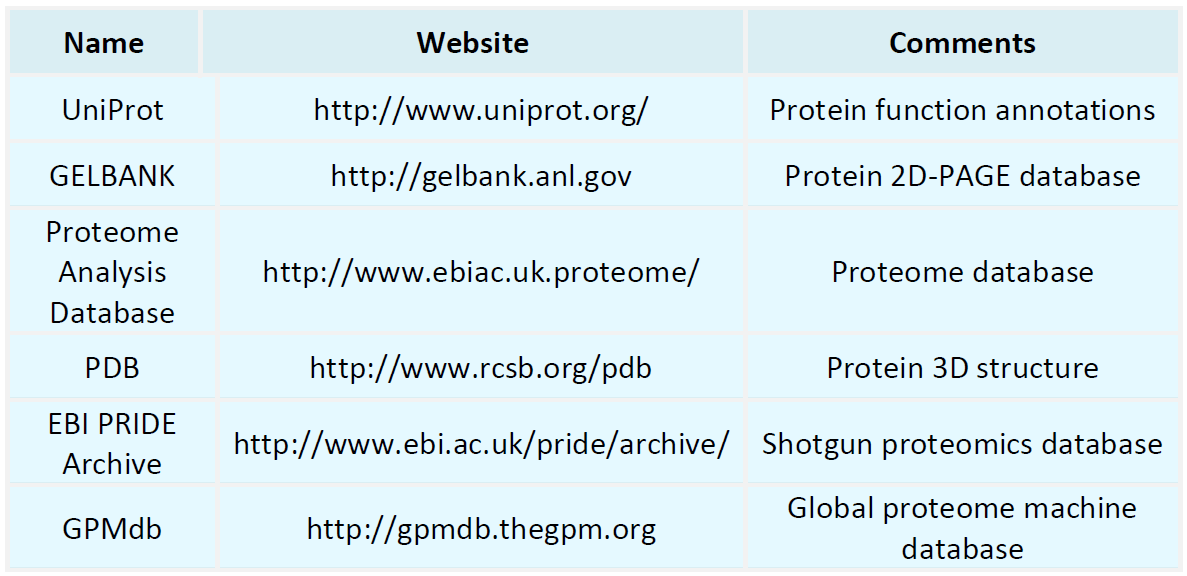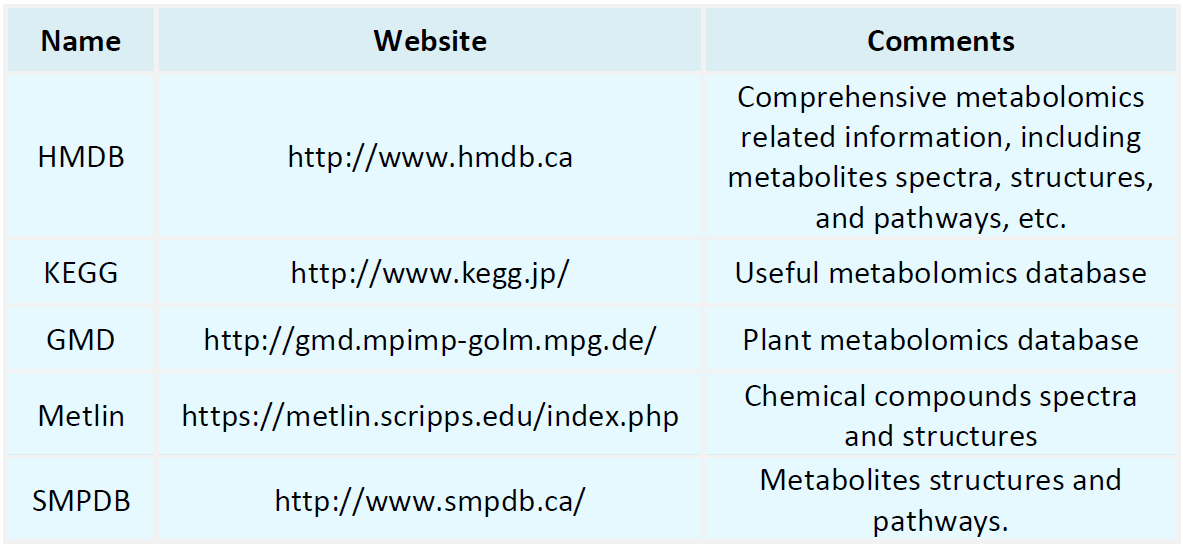Resources
Proteomics Databases

Metabolomics Databases

-
• How Can Top-Down Mass Spectrometry Enable Accurate Characterization of PTMs?
Post-Translational Modifications (PTMs) are extensively involved in essential biological processes, including signal transduction, protein stability, and subcellular localization, and represent a central focus of systems biology and disease mechanism studies. Nevertheless, the coexistence of multiple modifications, their structural coupling, and their inherently low abundance render PTMs characterization highly challenging. Conventional proteomics strategies largely rely on enzymatic peptide analysis,......
-
• De Novo Peptide Sequencing: A Critical Step in Peptide Drug Development
Peptide-based therapeutics, representing a unique class of molecules positioned between small-molecule compounds and biologics, are gaining increasing traction across diverse fields such as oncology, metabolic disorders, and neurological diseases. This growing interest is driven by their high target specificity, favorable biodegradability, and reduced toxicity profiles. However, the inherent structural complexity and diverse chemical modifications of peptide molecules present significant challenges fo......
-
• Comprehensive Guide to Peptide Sequencing Services: From Principles to Applications
Peptide sequencing, grounded in high-resolution mass spectrometry (MS) technologies, involves the mass analysis, fragmentation interpretation, and bioinformatics-assisted comparison of peptides derived from proteolytically cleaved proteins. Through this process, the linear arrangement of amino acid residues in proteins or polypeptides is elucidated, thereby determining the primary structure of the target protein. Beyond structural elucidation, peptide sequencing enables precise localization of post-tr......
-
• High-Performance Liquid Chromatography (HPLC) for Protein Purity Evaluation
With the rapid advancements in biopharmaceuticals and life sciences, the demand for protein-based therapeutics and biologics has been steadily increasing. Protein purity not only directly influences biological activity and clinical safety but also plays a crucial role in optimizing manufacturing processes and ensuring product quality control. As a highly efficient, precise, and reproducible analytical technique, high-performance liquid chromatography (HPLC) occupies a central position in protein purit......
-
• Urine-Based Peptidomics Analysis: A Sensitive and Non-Invasive Approach for Biomarker Discovery
The choice of sample type plays a critical role in determining both the sensitivity and translational potential of proteomic and peptidomic analyses. Urine has emerged as a promising biofluid for biomarker discovery due to its non-invasive nature, ease of collection, and enrichment of physiologically informative molecules. Compared with the highly complex protein matrix of plasma, urine presents a lower protein background and a higher proportion of endogenous peptides, offering a superior signal-to-no......
-
• How Does Orbitrap Mass Spectrometry Enable Efficient Bottom-Up Proteomics Analysis?
Bottom-Up proteomics is achieved by enzymatic digestion of proteins into peptides, followed by mass spectrometry analysis for protein identification and quantification. Among the available mass spectrometry platforms, Orbitrap mass spectrometry, with its high resolution, high sensitivity, and outstanding mass accuracy, has become an indispensable tool in Bottom-Up proteomics. In this paper, we explore how Orbitrap mass spectrometry enables efficient Bottom-Up proteomics analysis and present the practi......
-
• Principles and Workflow of Shotgun Proteomics Analysis
Shotgun proteomics is one of the most extensively applied protein identification approaches in contemporary life science research. It plays a pivotal role in diverse domains, including elucidation of disease mechanisms, biomarker discovery, and drug target identification. As a high-throughput, untargeted analytical strategy, shotgun proteomics enables the simultaneous detection and identification of thousands of proteins within complex biological samples, serving as a powerful tool in systems biology.......
-
• Peptidomics vs Proteomics: A Comprehensive Analysis of Their Advantages and Limitations
Proteomics and peptidomics are two essential technologies in life science research. Both are omics-based approaches focusing on protein-related molecules. However, they differ substantially in research targets, methodological workflows, and application domains. Rather than being mutually exclusive, proteomics and peptidomics are complementary. A comprehensive comparison of their respective strengths and weaknesses will continue to provide high-quality data and interpretive support, fostering innovatio......
-
• Comprehensive Strategies for Characterizing Protein Purity and Homogeneity
In the biopharmaceutical industry, rigorous quality control of protein therapeutics is essential, with purity and homogeneity serving as two critical quality attributes. However, the distinction between these parameters and their respective analytical methodologies often remains unclear to many researchers and industrial R&D teams. Protein Purity: Emphasis on Impurity Content Protein purity refers to the proportion of the target protein within a given sample, serving as a fundamental indicator of non......
-
• Applications of Peptide Sequencing in Biomedicine, Agriculture, and Biotechnology
Peptides, as essential functional molecules in biological systems, play critical roles in signal transduction, immune response, enzymatic regulation, and other vital processes. The rapid advancement of peptide sequencing technologies—particularly in biomedicine, agriculture, and biotechnology—is accelerating the transition from molecular-level investigations to practical applications across these industries. Technical Background and Principles of Peptide Sequencing Peptide sequencing refers to the de......
How to order?







